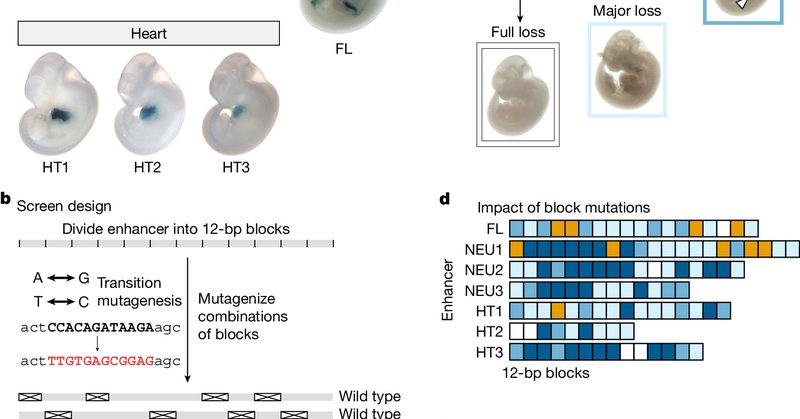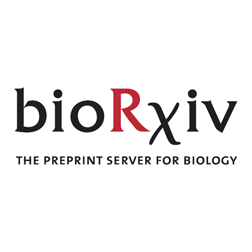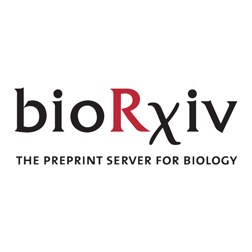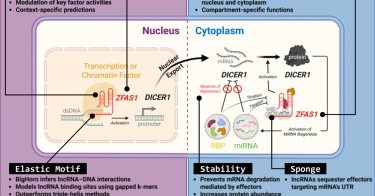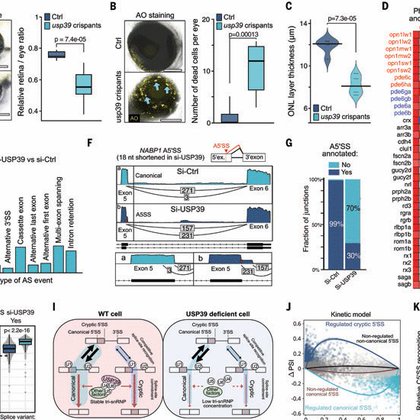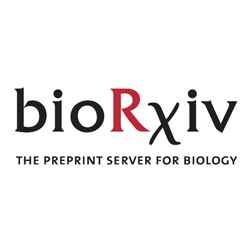
Marcel Schulz - @[email protected]
@TheMarcelSchulz
Followers
939
Following
4K
Media
86
Statuses
4K
Computational Biology, Group Leader @goetheuni Frankfurt @InstCardReg_FFM
Frankfurt on the Main, Germany
Joined April 2016
RT @AllThingsApx: Species‑aware DNA LMs just became practical. TransCodon learns 5′ UTR + CDS + RNA structure to rewrite genes with 49% na….
0
9
0
RT @BockLab: 🔬 Toward histopathology 2.0: spatial transcriptomes inferred from routine diagnostic H&E images + a chat interface for cell-re….
0
11
0
RT @sayashk: The mainstream view of AI for science says AI will rapidly accelerate science, and that we're on track to cure cancer, double….
0
62
0
RT @K_Stellos: Excited to share our @Nature paper on gut dysbiosis-related metabolite inducing atherosclerosis, led by @SanchoLab and a fan….
0
4
0
RT @abhinadduri: Our work with the STATE model tackled context generalization for *seen* perturbations. @arcinstitute's Virtual Cell Challe….
0
5
0
RT @jerrywliu: 1/10.ML can solve PDEs – but precision🔬is still a challenge. Towards high-precision methods for scientific problems, we intr….
0
121
0
RT @vanvanka123: 🔥It is a pleasure to announce CrossTalker2.0🔥. New features includes CCI statistical tests, new visualizations, intracellu….
0
4
0
RT @Mayr_Christine: More than 2700 3′UTRs are highly conserved. These 3′UTRs are essential components in mRNA templates, as their deletion….
biorxiv.org
More than 2,700 human mRNA 3′UTRs have hundreds of highly conserved (HC) nucleotides, but their biological roles are unclear. Here, we show that mRNAs with HC 3′UTRs mostly encode proteins with long...
0
80
0
RT @aemonten: "Here we present the first direct evidence that H3K4me3 is not a cause but a consequence of transcriptional activation, funct….
biorxiv.org
Histone H3 Lysine 4 trimethylation (H3K4me3) is widely recognized as a hallmark of actively transcribed gene promoters, yet its precise role in transcriptional regulation remains unresolved[1][1]–[...
0
61
0
RT @CellGenomics: Coordinated regulation by lncRNAs results in tight lncRNA-target couplings
cell.com
Long non-coding RNAs are abundant and dysregulated in cancers, but their functions are largely unknown. Chiu et al. developed intelligent methods to infer their function, revealing that these poorly...
0
2
0
RT @biorxiv_genomic: The human transcription factor occupancy landscape viewed using high-resolution in situ base-conversion strand-specifi….
biorxiv.org
Chromatin accessibility profiling is a key tool for mapping the location of cis -regulatory elements (cREs) in the genome and tracking chromatin state dynamics during development, in response to...
0
8
0
RT @BoWang87: 🚀 What do genomic Transformers actually learn about biology?.•What knowledge do they hold at random init, after pre‑training,….
0
67
0
RT @sroyyors: Mapping the topography of spatial gene expression with interpretable deep learning.
0
1
0
RT @AdamRutherford: It really does nothing of the sort. It’s so well researched and understood that in 2010 when it was published in that o….
0
132
0
RT @CristianPG_mlg: It is finally out! My first @ScienceMagazine paper is online and it does not seem real😃. I am Incredibly happy! Really….
science.org
RNA splicing enables the functional adaptation of cells to changing contexts. Impaired splicing has been associated with diseases, including retinitis pigmentosa, but the underlying molecular...
0
29
0
RT @dominic_grun: Excited to share our study on spatio-temporal reconstruction of cardiac scar formation led by @ChanAndyson. We combine sc….
0
32
0
RT @alexisjbattle: Check out our new work led by @ashton_omdahl discussing matrix factorization across GWAS, accounting for sample overlap.….
biorxiv.org
Complex trait-associated genetic variation is highly pleiotropic. This extensive pleiotropy implies that multi-phenotype analyses are informative for characterizing genetic variation, as they...
0
15
0
RT @hakyim: check out our new preprint led by @Charles_Zhou12 and supervised by @MengjieChen6 and me where we prese….
biorxiv.org
Transcriptome-wide association studies (TWAS) help identify disease causing genes, but often fail to pinpoint disease mechanisms at the cellular level because of the limited sample sizes and sparsity...
0
27
0

